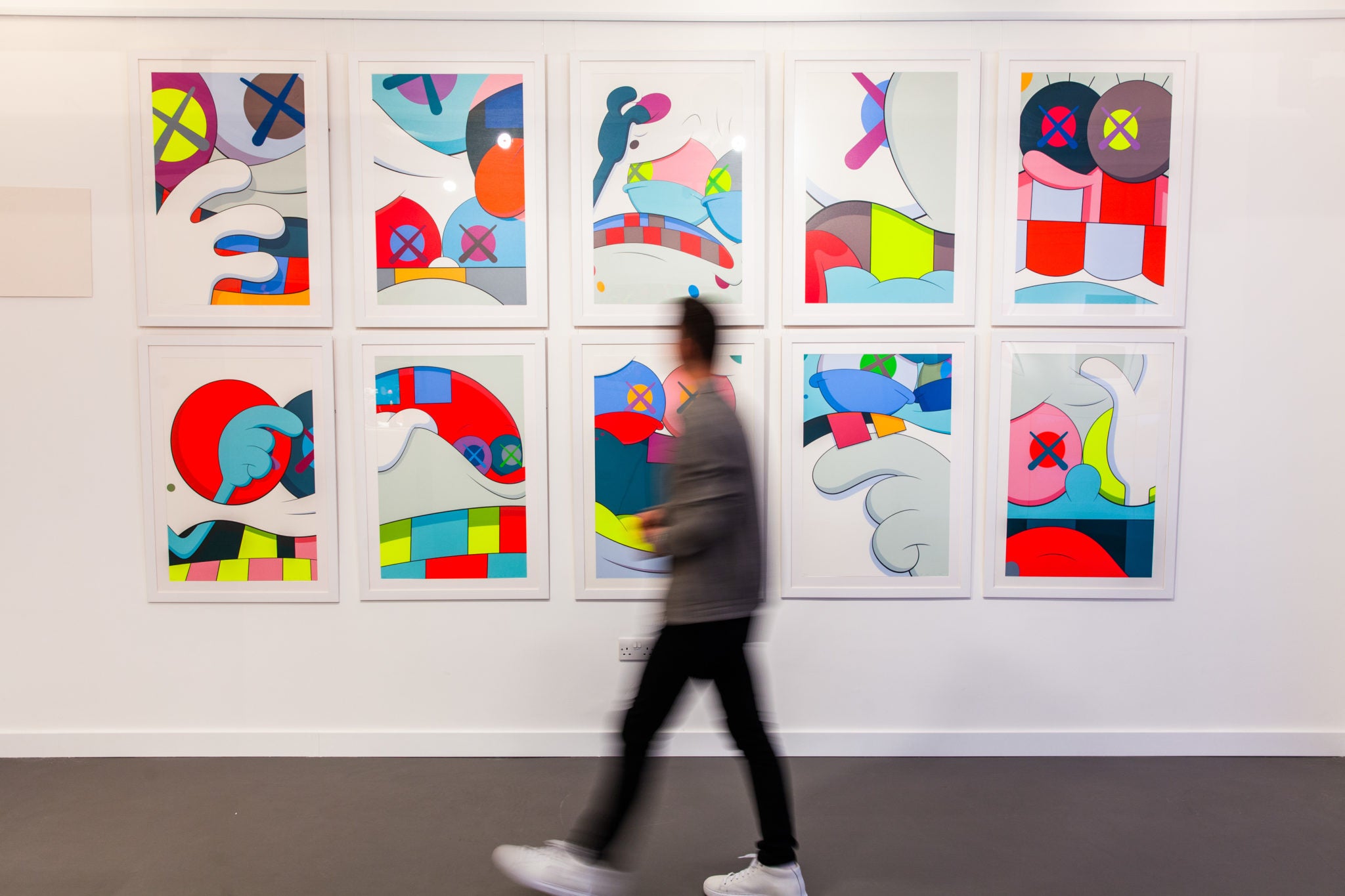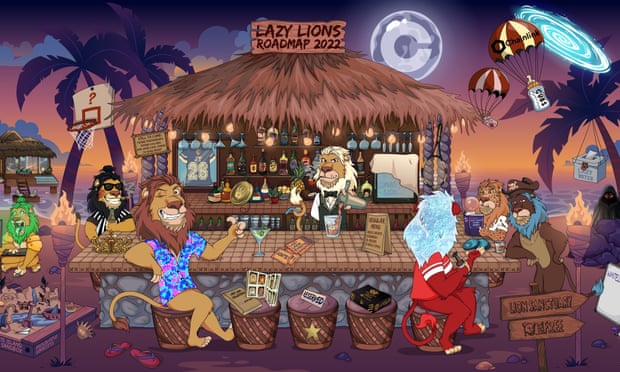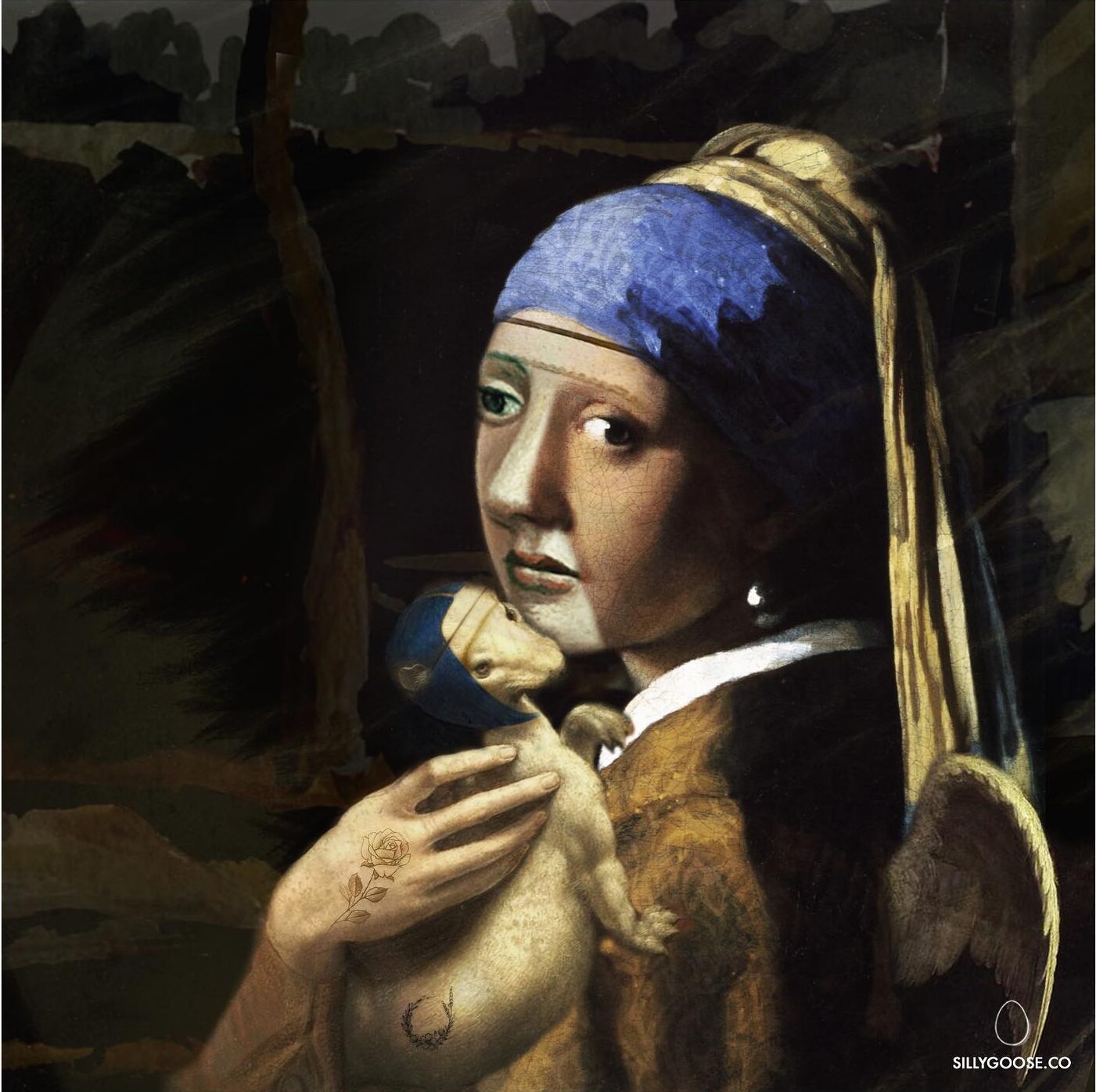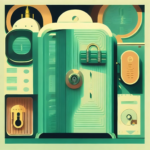“The role of the artist is to ask questions, not answer them.” – Anton Chekhov
The Art World Culture, Code, and Creative Chaos
Because art never stands still it just downloads an update
Brush Meets Algorithm
AI didn’t kill painting. It just joined the group chat
In 2024, art and tech are no longer awkward dinner companions they’re flirting openly. Refik Anadol turned MoMA’s walls into liquid data dreams. Generative algorithms painted portraits that were eerie, dazzling, and sometimes ridiculous. Suddenly, artists weren’t just wielding brushes; they were prompting machines like collaborators who never slept.
Cue the debates: is this art or a high-tech parlor trick? The question feels old already. Every era has its panic photography, the printing press, even the paint tube. The truth? Technology has never ended art. It mutates it, like a remix nobody saw coming.
Old Masters, New Tricks
Tradition just got a glow-up
Alongside the tech dazzle came a surprising twist: artists dusted off classical techniques and gave them new swagger. Fresco-inspired murals pulsed with neon palettes. Oil painting went maximalist again. Even calligraphy found a home in digital overlays.
This wasn’t nostalgia it was remix culture. Like couture reinterpreted for a streetwear generation, the old became shockingly new when paired with modern sensibilities. The message? Tradition isn’t dead weight. It’s raw material.
Step Inside the Frame
Galleries went virtual and surreal
Virtual reality galleries are no longer pixelated novelties. In 2024, they became experiences worth dressing up for (at least from the waist up, headset on). Forget static white cubes viewers wandered reconstructed ruins, dove into surreal dreamscapes, even chatted with AI avatars of long-gone masters.

The shift is subtle but seismic: art is no longer just something to see. It’s something to enter. Appreciation is no longer passive it’s participatory. You don’t just look at the work; you shape it, bend it, and sometimes glitch it into being.
NFT Hangover, Market Glow-Up
The Bored Apes may be boring, but the digital market is buzzing

2024 was the year the NFT frenzy cooled but its cultural impact lingered like glitter after a party. Paris Hilton talking Bored Apes on late-night TV now feels like a fever dream, but it proved a point: art and celebrity collided in blockchain form. Eminem, Lindsay Lohan, Gwyneth Paltrow everyone wanted in.
The market sobered up, but digital sales didn’t vanish. Auction houses like Christie’s doubled down on hybrid events. Galleries curated shows that blurred physical and digital. The money shifted, not disappeared. In fact, accessibility widened collectors logged in globally, placing bids from phones instead of velvet chairs.
What’s Next? Better Wi-Fi for Art
The horizon is equal parts chaos and possibility.
Art fairs came roaring back: Frieze LA, Art Basel, Venice Biennale all dripping with themes of migration, identity, and digital surrealism. Artists toyed with AI, VR, clay, charcoal sometimes all at once. The only rule? Break the old ones faster.
If history teaches anything, it’s this: art thrives on disruption. 2024 was messy, loud, contradictory and gloriously alive. Maybe the only thing we can say for sure is that the next masterpiece won’t be hung. It’ll be streamed, shared, minted, or maybe all three at once.
Reading List: For the Culturally Curious
Because knowing the trends is half the aesthetic.
- Hito Steyerl – Duty Free Art: “Digital reproduction reshapes not just art but power itself.”
- Hans Ulrich Obrist – Ways of Curating: “The curator is no longer a gatekeeper they’re a DJ of culture.”
- Margit Rosen – A Little-Known Story About a Movement, a Magazine, and the Computer’s Arrival in Art: “Digital art didn’t start with Silicon Valley—it started with artists in lab coats.”
- Refik Anadol – Machine Hallucinations: “Data isn’t cold. It dreams in color.”
- Walter Benjamin – The Work of Art in the Age of Mechanical Reproduction: “Every new tool changes not just art but how we see it.”
Final Thought
Art has always been messy. 2024 just gave it better Wi-Fi.
The real story isn’t whether AI is “real” art or whether NFTs were a fad. It’s that creativity refuses to sit still. Artists remix, adapt, and provoke whether with clay, canvas, or code. The future of art isn’t a debate between old and new. It’s a question only art itself knows how to ask: what’s next?
References
- Refik Anadol (2024):Machine Hallucinations. MoMA
- Walter Benjamin (1935):The Work of Art in the Age of Mechanical Reproduction
- Hans Ulrich Obrist (2015):Ways of Curating. Farrar, Straus and Giroux
- Margit Rosen (2011):A Little-Known Story About a Movement, a Magazine, and the Computer’s Arrival in Art. MIT Press
- Hito Steyerl (2017):Duty Free Art. Verso




